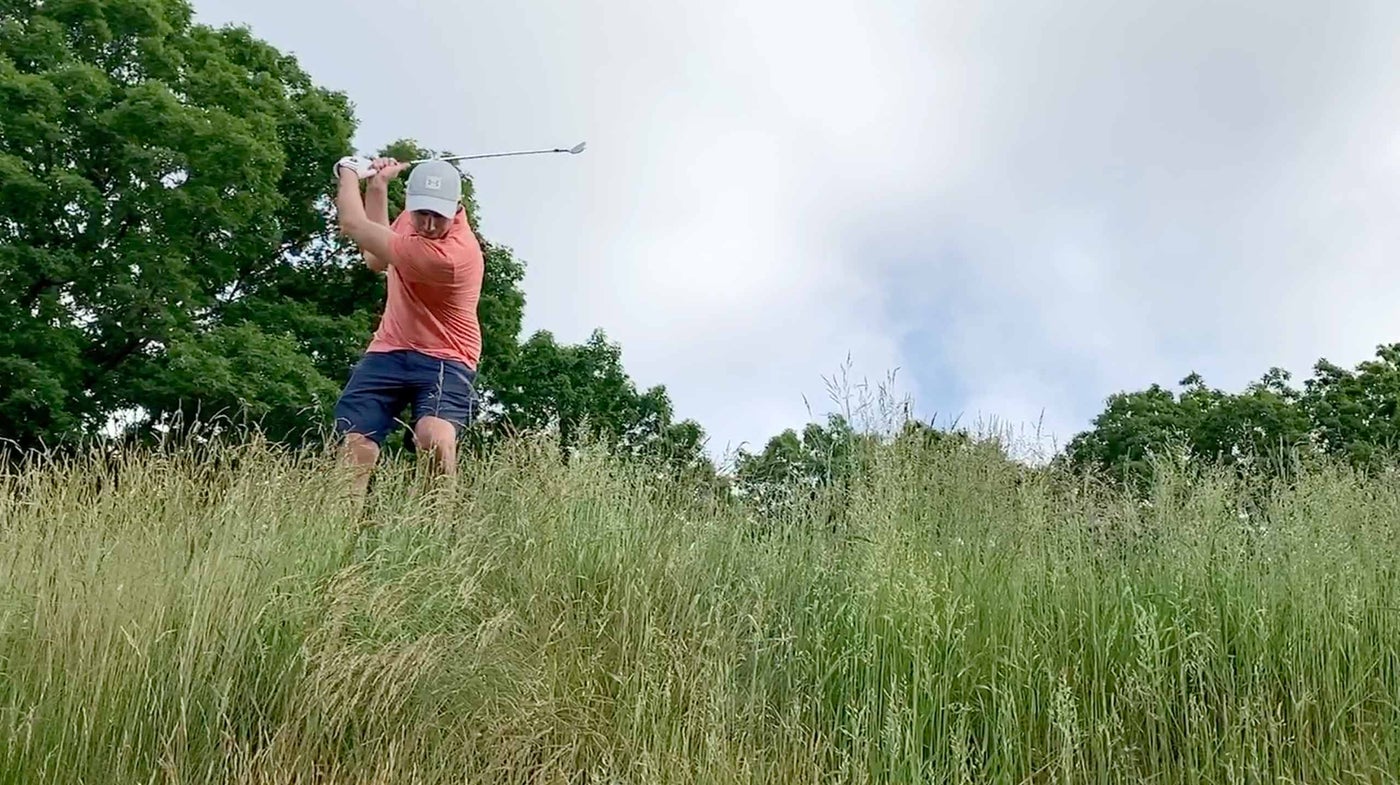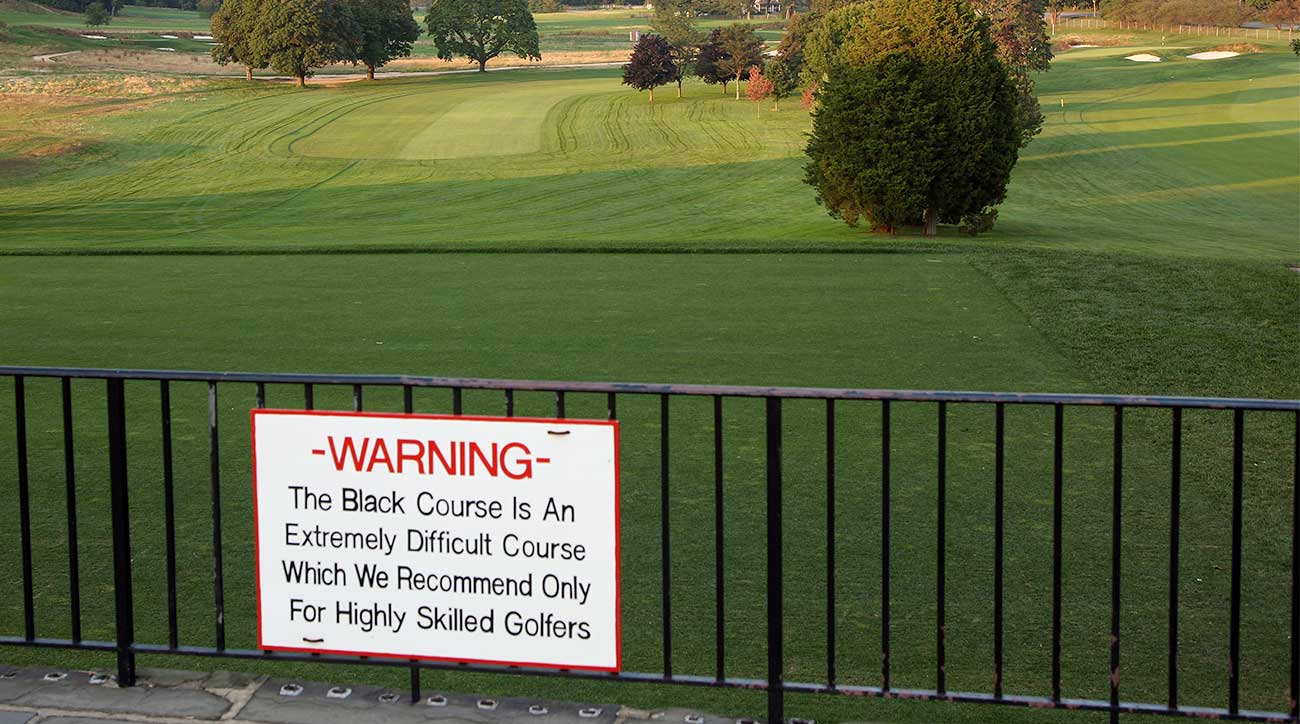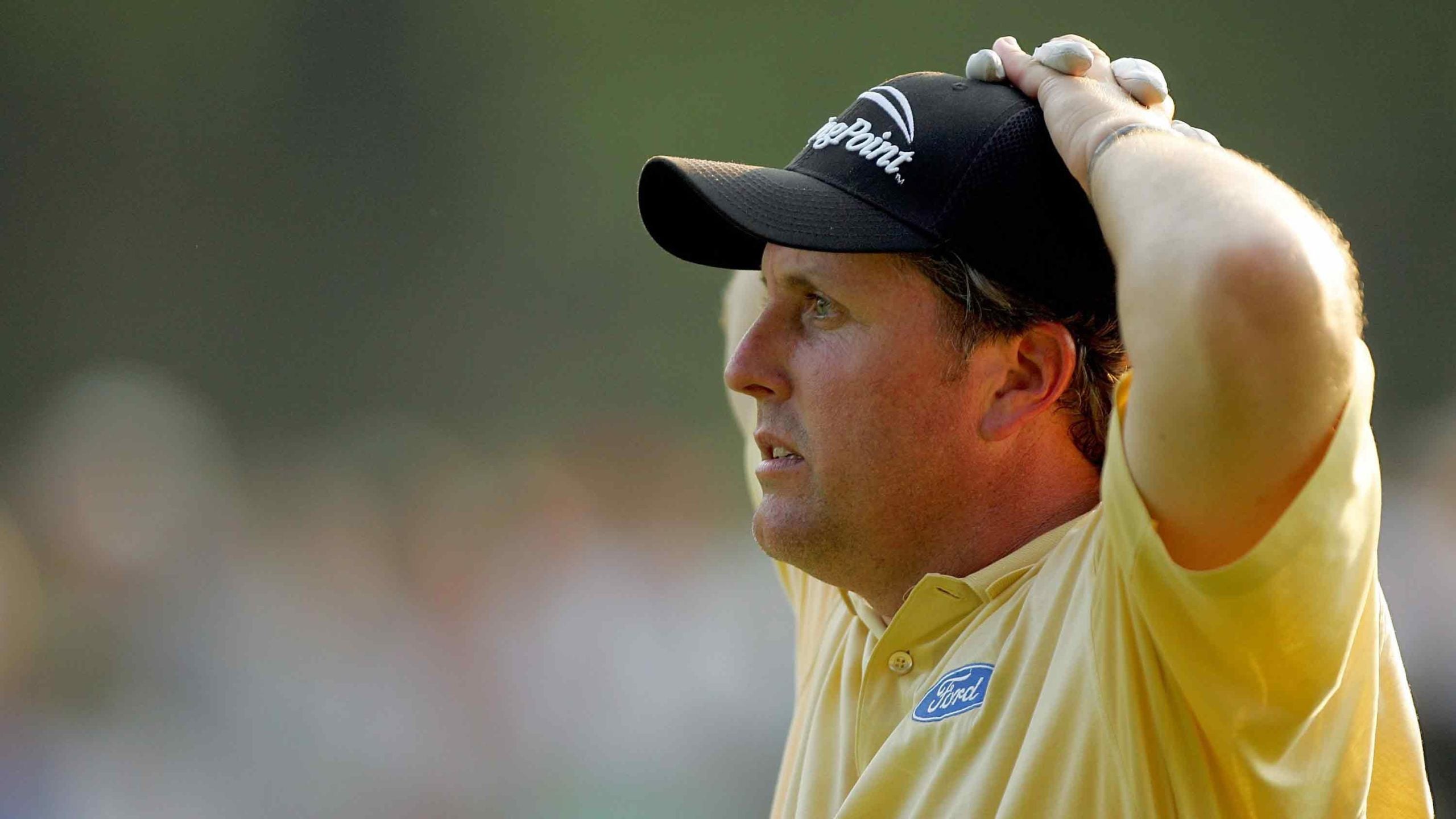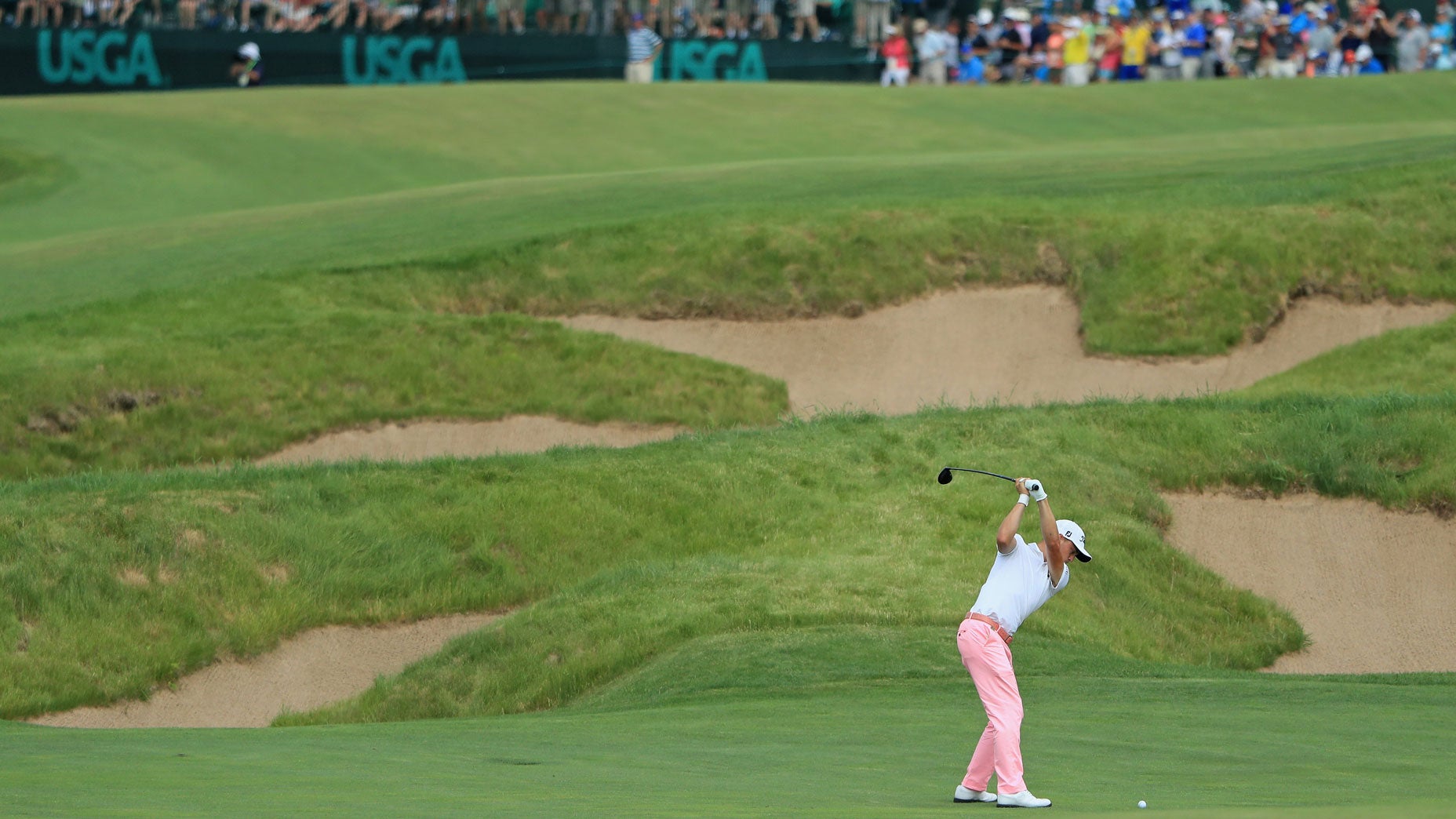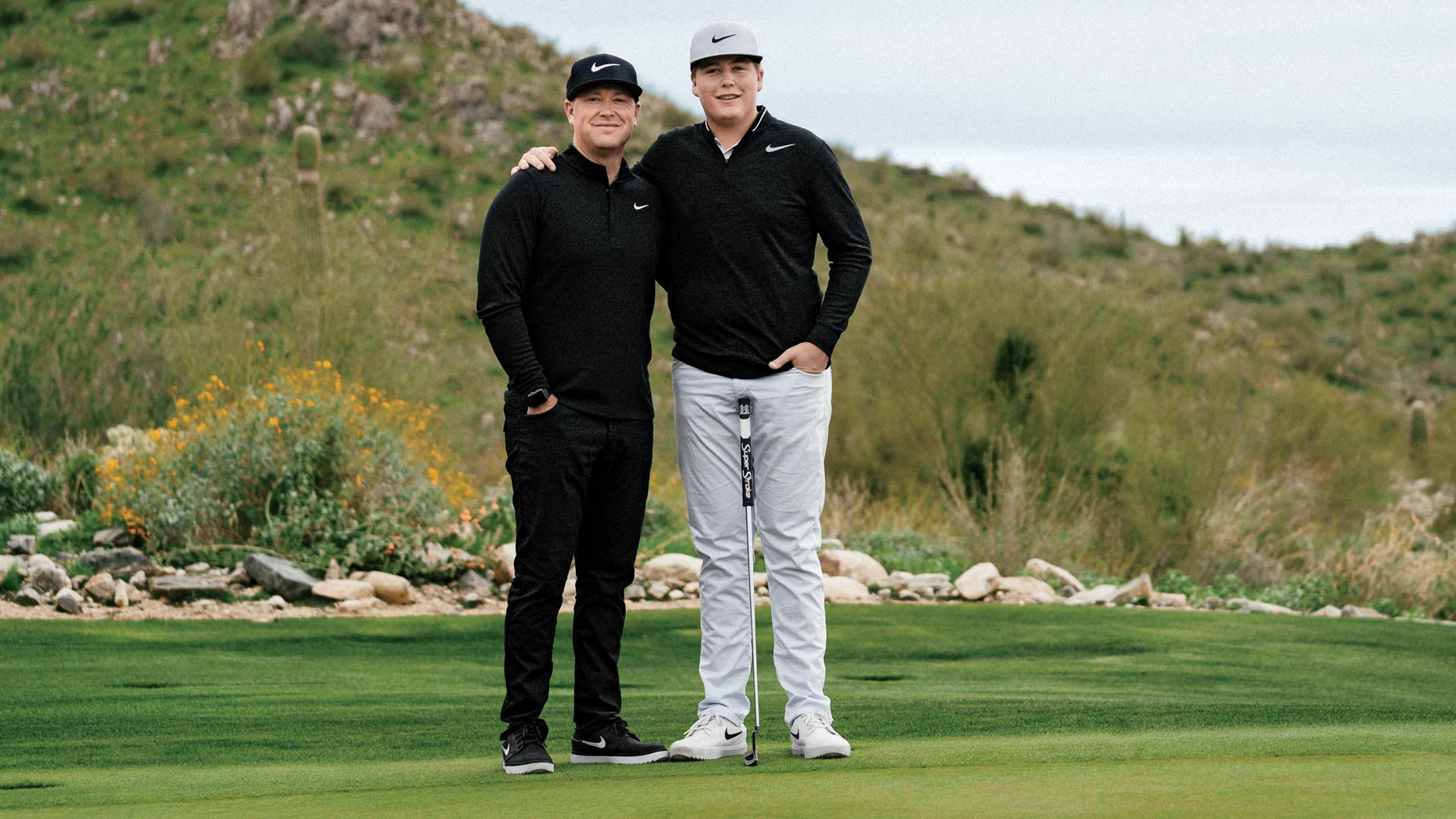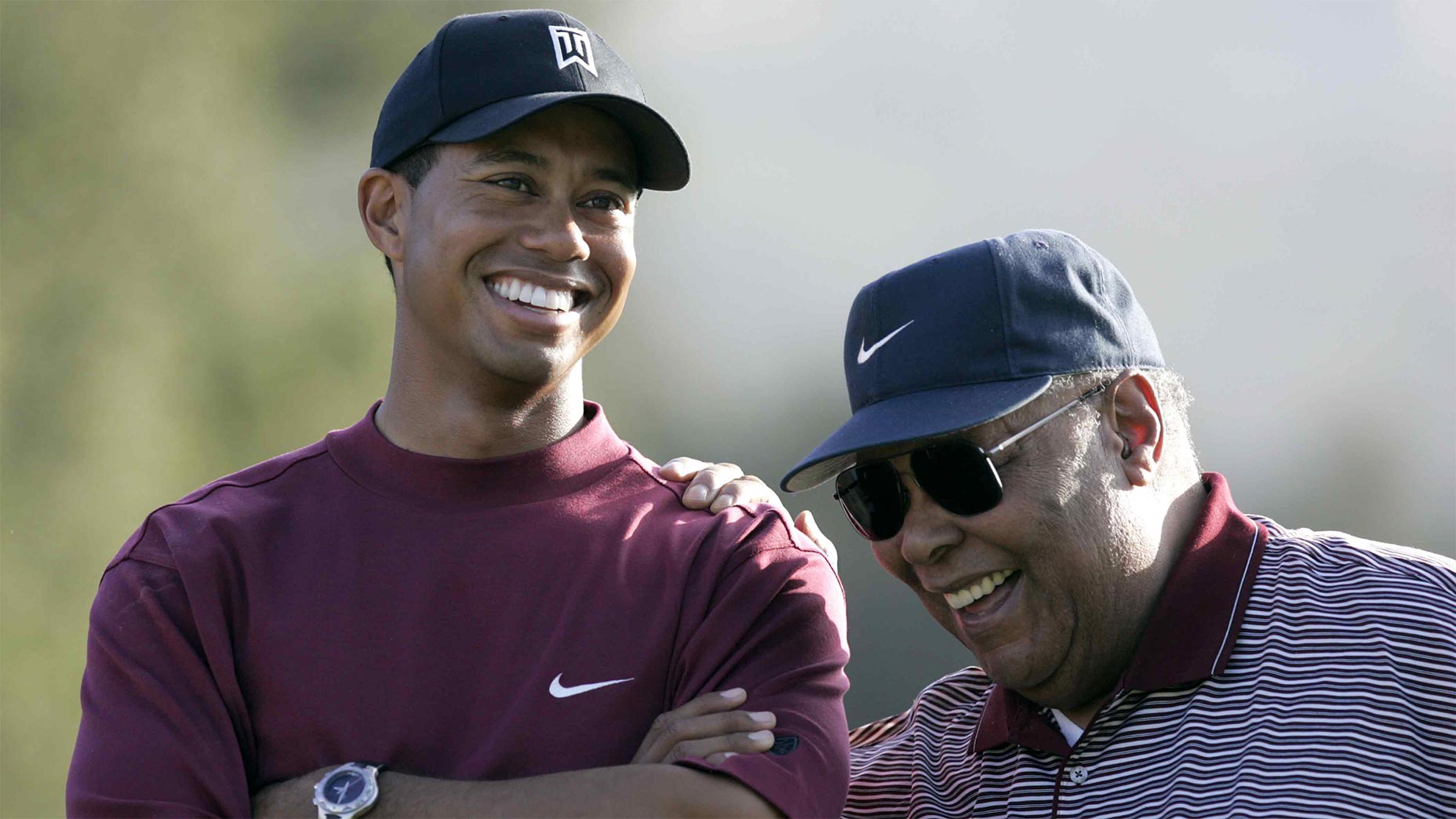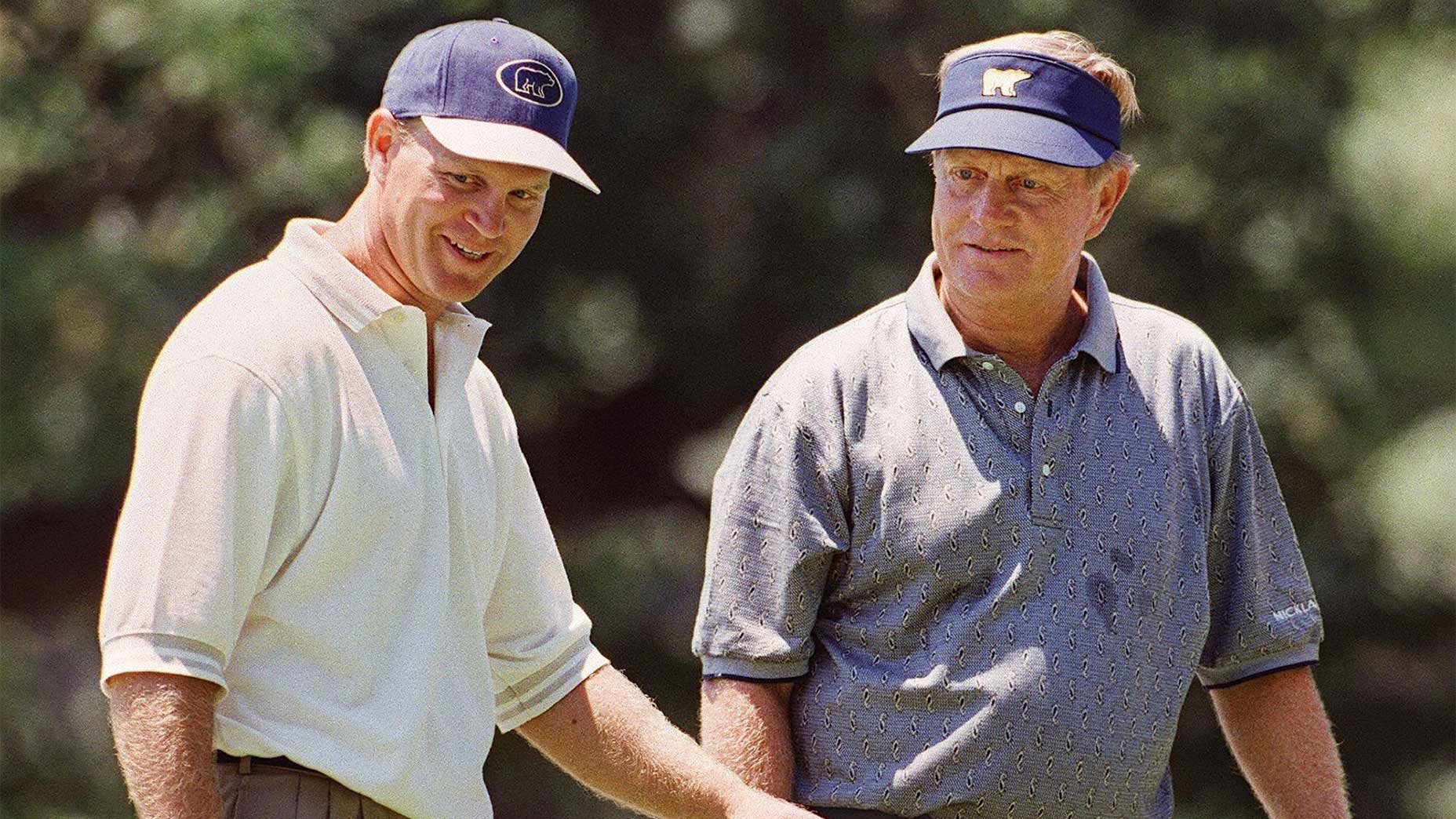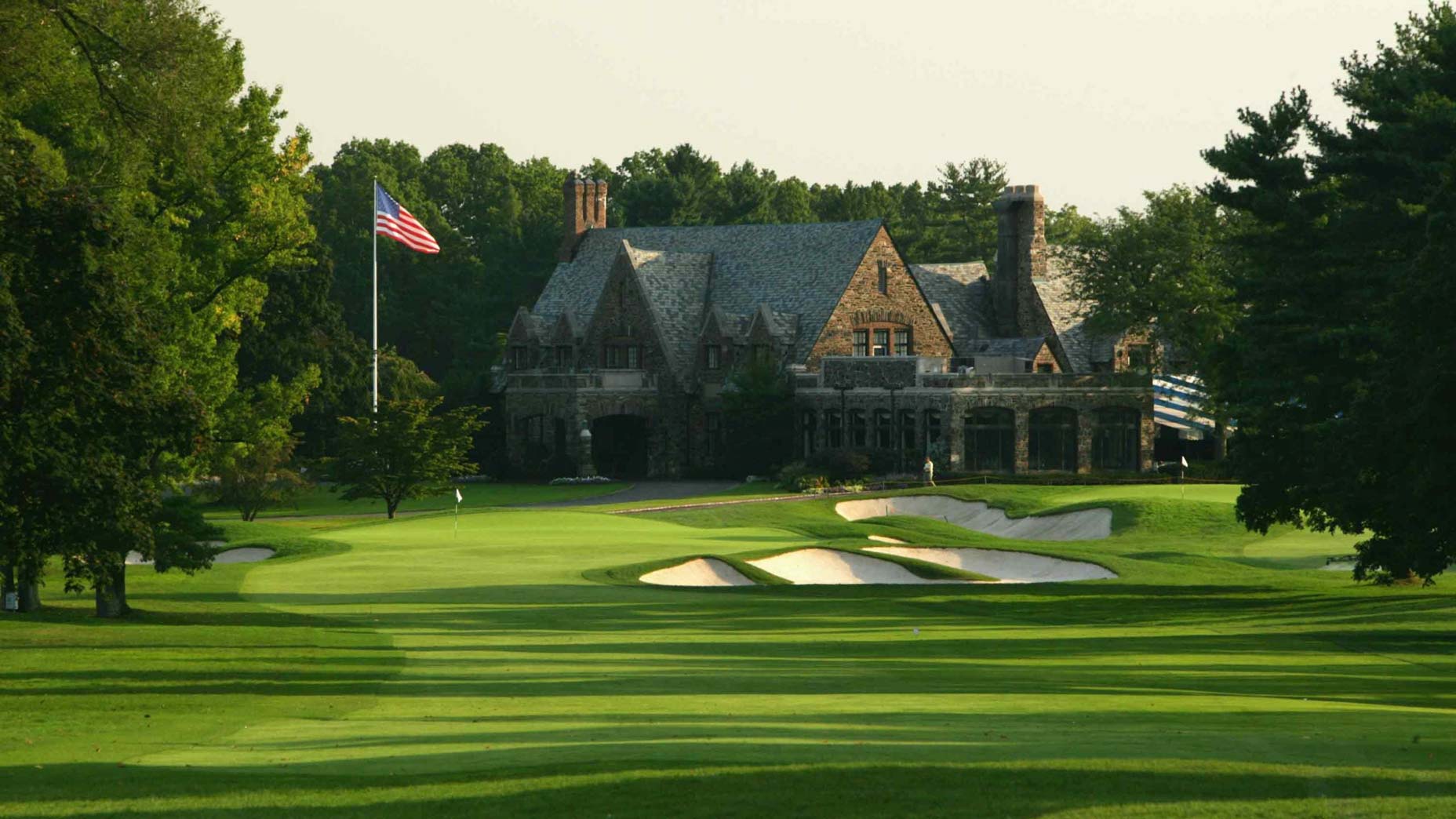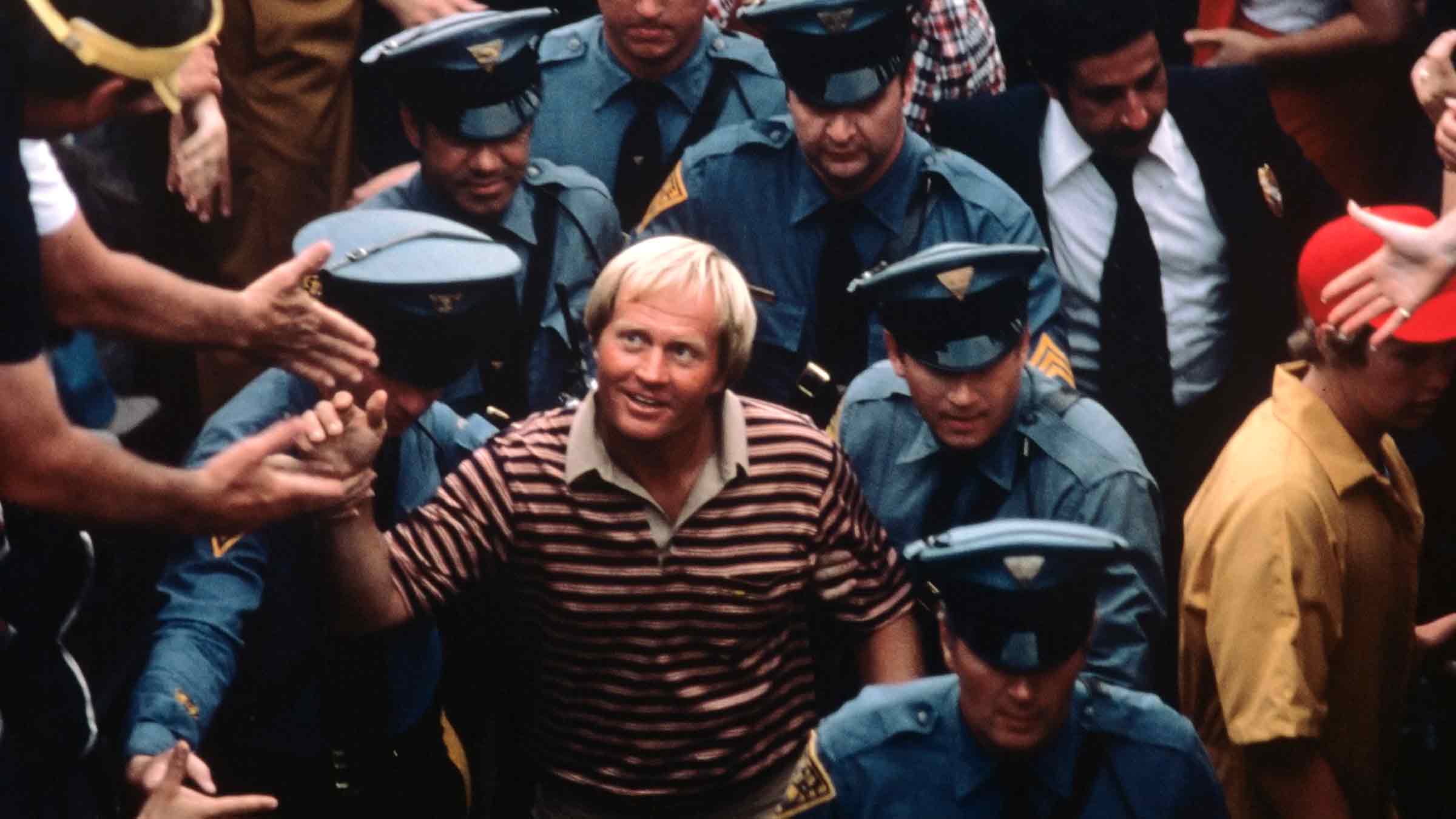Ed. note: The 2020 U.S. Open, now set for Sept. 17-20 at Winged Foot Golf Club, was originally slated for June 18-21. In a cap tip to the week that would have been, GOLF.com will be highlighting our national championship over the coming days, from its history, courses and legacy to its special ties to Father’s Day. In this three-part series, GOLF staffers tee it up at famous U.S. Open courses and break down their history, allure and winners, and explain why these venues matter so much to the greater golfing good.
*****
Course: Bethpage Black, Farmingdale, N.Y.
Tee time: 3:45 p.m., Wednesday, June 10
Players: Josh Berhow, Luke Kerr-Dineen, Tim Reilly
Bethpage Black’s U.S. Open history
The 2002 U.S. Open put Bethpage Black on the map. Long Islanders and New Yorkers raved about this place for years, but on a national scale, it was still a relative unknown until the U.S. Open came knocking, making the Black Course the first national championship held at a publicly operated facility. New York fans flooded the course and were boisterous all week long, the Warning sign became an overnight sensation and the Black Course lived up to its tough-as-nails billing. Tiger Woods was the only player to finish under par for the week, his three-under total beating runner-up Phil Mickelson by three.
“It’s definitely mentally draining, because every golf shot, you’re tested,” said Woods, who claimed his eighth career major with his 2002 U.S. Open victory. “There’s not one shot you can step up and kind of relax and ho-hum it out there. You’ve got to hit a golf shot. And once you get to the greens, your work is not finished. There aren’t easy putts out there. It may be along the flat side, but the reads are so difficult, you can see a putt behind the hole, it looks right-to-left, go behind the ball and now it looks left-to-right. That’s kind of how the putts are. And you’ve got to somehow pick a line and be committed to it.”
The U.S. Open returned in 2009 in what turned into be a wet and weather-delayed week. Lucas Glover finished four under and won the Monday finish. Mickelson, David Duval and Ricky Barnes all finished two shots back and tied for 2nd.
Bethpage Black’s most famous U.S. Open moments
What better way to welcome a course into the U.S. Open mix than with the best golfer of this generation, perhaps all time, christening the course. Woods led the 2002 Open wire to wire and stood on the par-4 18th hole on Sunday at four under, four shots clear of Mickelson (even) in the clubhouse. Woods striped an iron down the middle of the 72nd hole and began his walk to glory — a golfer who grew up on a public facility winning the first national championship held at a public course.
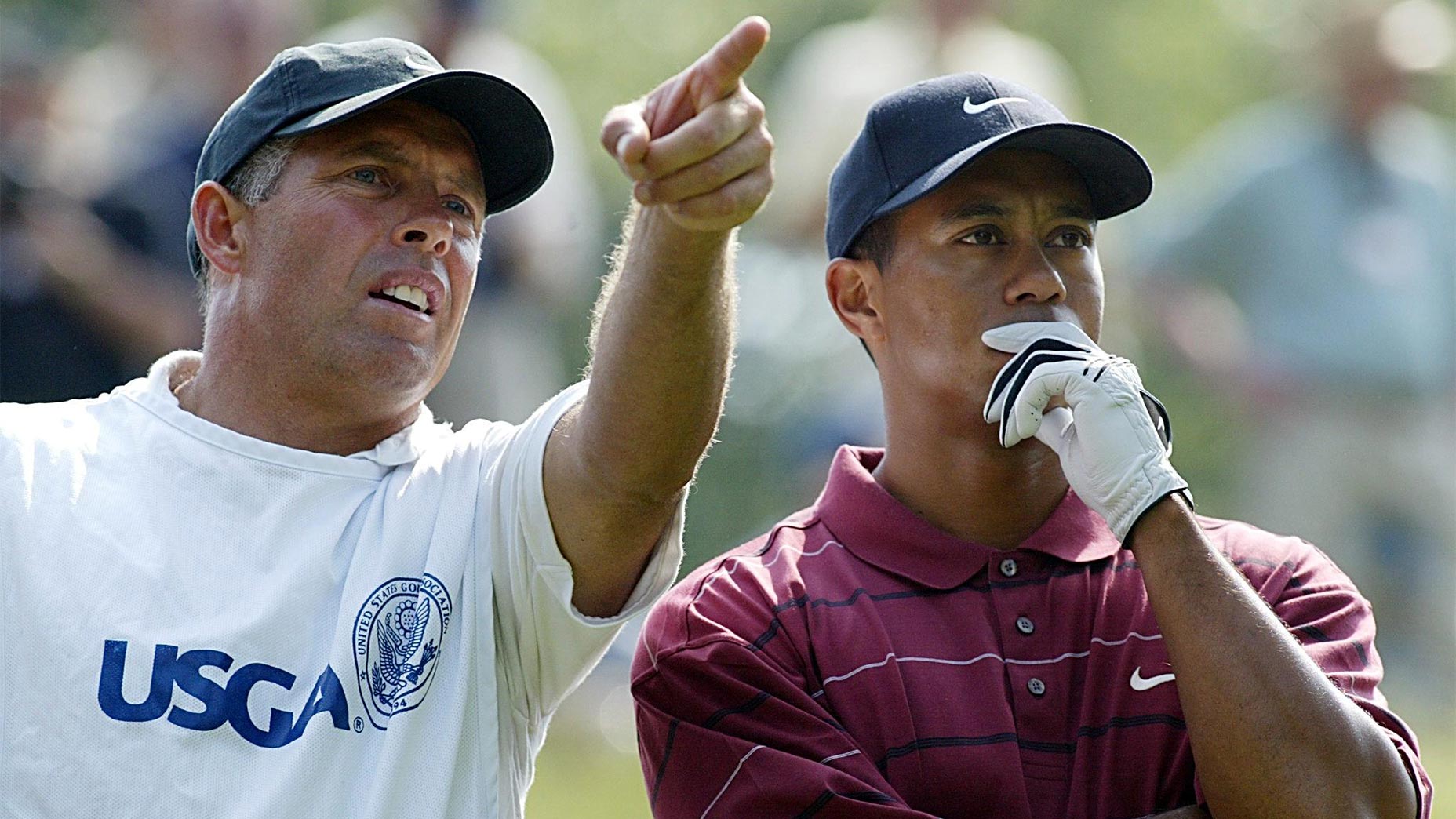
“To play on a public facility such as this — they’ve done an incredible job this week of getting this golf course ready,” Woods said. “And on top of that the changes they made to the golf course to make this difficult for all of us, and on top of that, the fans, the enthusiasm they showed the entire week is second to none. The U.S. Open is always a special event, but I think after what has transpired in September here [with the 9/11 attacks] for all the fans, I think that just makes the atmosphere even more special.”
Also in 2002, in the final round of the Open, one of the loudest ovations came from Scott Hoch’s ace on the par-3 17th. It was one of two aces that day, but Hoch’s stood out, since the grandstands and hill nestled around the 17th green create an amphitheatre-like setting.
“I mis-hit it and it went in,” Hoch joked afterward.
Hoch wore a shirt that was covered with the American flag and the New York City skyline. His attire, and shot, sent the crowd into a “USA! USA!” chant. Hoch closed with a 69, which was tied for the second-lowest round of the day. He finished five over overall and tied for 2nd, eight behind Woods.
The 2009 edition at Bethpage was, well, soggy. Heavy rain suspended play on Thursday and Saturday, and the Open was destined for a Monday finish. Ricky Barnes led at eight under after 54 holes, with Glover one back and Mickelson lurking six behind. But Barnes fell off the pace with five bogeys on the front nine in the final round, and Mickelson tied Glover for the lead after he eagled the par-5 13th. But Mickelson missed a short birdie putt on 14 and made bogeys on 15 and 17 to finish two under and tied for 2nd, two shots behind Glover (four under). It was Mickelson’s record fifth runner-up finish in a U.S. Open. (His sixth came at Merion in 2013.)
Mickelson has always been a favorite in the Greater New York area, but he had the crowds supporting him more than ever this week. Just a month earlier he had suspended his Tour schedule and announced that his wife, Amy, had been diagnosed with breast cancer.
“Certainly I’m disappointed [with the finish],” Mickelson said on Sunday, “but now that it’s over, I’ve got more important things going on.”
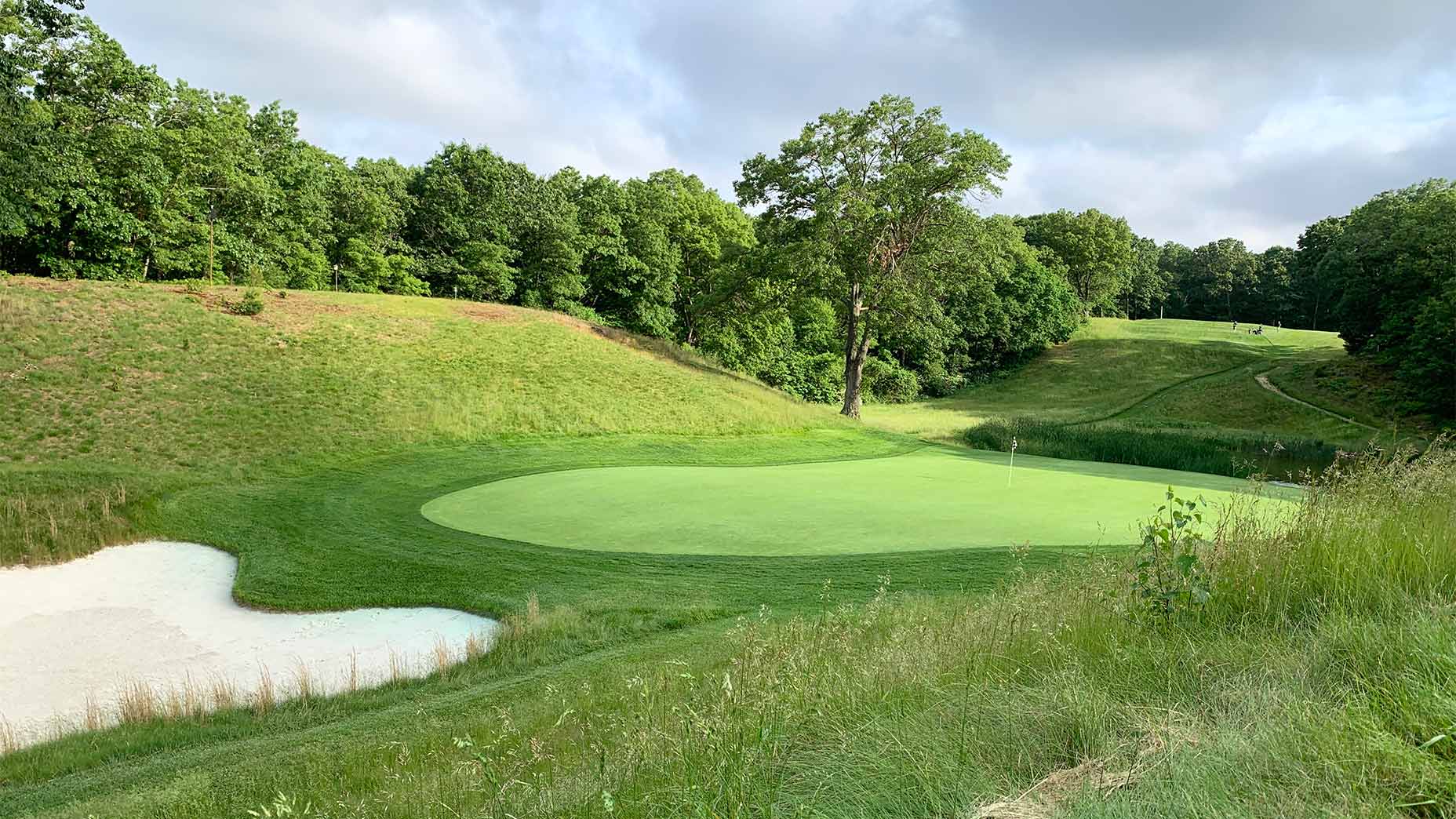
Can I play Bethpage Black? How hard is it to get a tee time?
Yes, you can! But you have to be on top of your game to get it done. Tee times are made online, and if you are a New York resident you can book up to seven days in advance. Out-of-state residents can book five days in advance. But you have to hurry — these times are gobbled up quick. You’d expect nothing less from a course that hosts U.S. Opens (as well as two Barclays tournament, the 2019 PGA and the 2024 Ryder Cup), especially since it is in such pristine condition and one of the greatest deals on the planet — $65 for NY residents and $130 for out-of-state players.
But if none of this works out, you can always camp out in the parking lot. (Seriously.) It’s almost like a rite of passage to play the Black Course. The first hour of tee times is left open for those who spend the night in their cars in the parking lot, and those brave souls also get spots that go unclaimed throughout the day. It’s actually a lot more fun than it sounds (and you can read more about it right here).
What’s the course like? Is it really that hard?
You really don’t understand how punishing the rough is until you get in it. Sure, lots of courses have challenging rough, but I have never played anything like this. I tried to toughen up for the first few holes and hit ill-advised clubs from the rough, but you just can’t advance it. The difference is its thickness. It just grabs your club. Eventually I got smart and started pulling 5-irons. It’s almost like a punch out if you miss the fairway; and that’s tough for your ego to take. So, for starters, you can’t miss fairways. But many of your approaches are to elevated greens that are guarded by that same dense rough and big, deep bunkers. It doesn’t get any easier there. It’s a mountain of a course. — Josh Berhow
Bethpage is the best deal in golf — it’s $65 to play a U.S. Open course.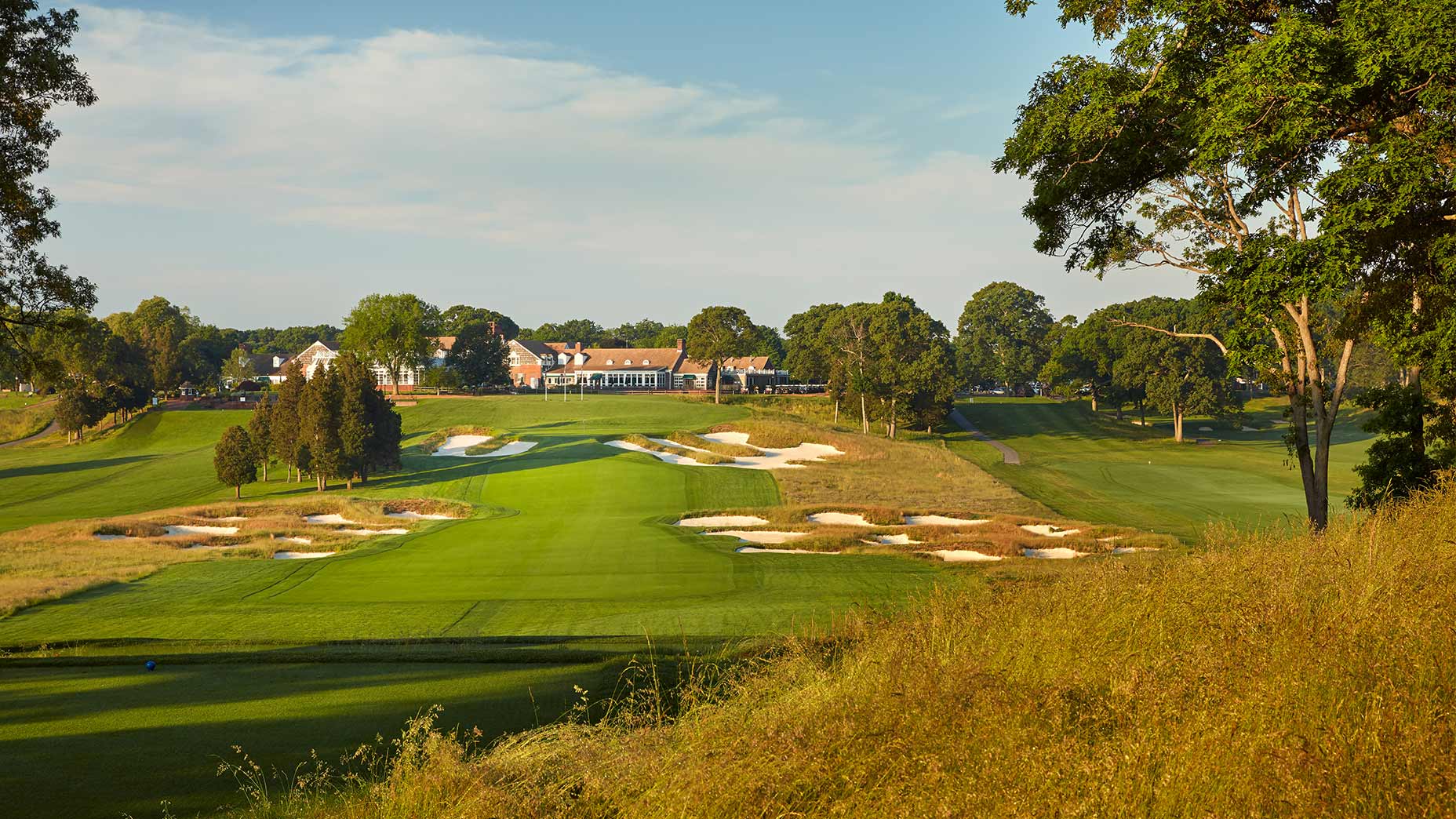
Bethpage is the best deal in golf — it’s $65 to play a U.S. Open course. Just think about that for a moment. How many dog-track courses have you played in your life that cost above that price tag? The People’s Country Club comes with a price tag for the people. The Warning sign that greets you (taunts you?) at the 1st tee has taken on a life of its own. It’s not fake news. The Black Course will beat you up in ways that few others can. If you’re erratic off the tee, your forearms will get a workout from the struggle to punch your ball back into the fairway. By the time you get back to your car in the parking lot, you’ll have walked over eight miles. Your shoes are either going to be your best friend or your worst enemy by day’s end. — Tim Reilly
Yes, it really is that hard. Of the notably difficult courses that I’ve played — Oakmont, Kiawah Island, Winged Foot, Spyglass — Bethpage tops the lot pretty easily. The thing that makes Bethpage so mercilessly hard is that you can’t really do one thing to cover for other areas. The course’s difficulty is layered in multiple ways. It’s long, for instance, but the walk is also difficult because it’s so undulating, which makes the greens tricky because there aren’t many flat spots, which means it quickly becomes more about course management. But the rough is also really long and you can’t really manage your way around it, and did we mention it’s long? — Luke Kerr-Dineen
What are the best holes at Bethpage Black?
When I step foot on the 17th tee box, I instantly envision a U.S. Open crowd surrounding the green. It’s where I spent a good chunk of time sitting as a fan at the ’02 and ’09 U.S. Opens, so I know how rowdy that setting can get. It sounds odd to say, but I get this fear of topping the ball or hitting a shank on that tee and being heckled. There’s not a single spectator there when I play (thank God) and that thought still crosses my mind. On the flip side, I always think about how cool it would be to make an ace on that hole. I’d dethrone Billy Joel to become Long Island’s favorite son for a brief moment. So yeah, you could say my mind does quite a bit of wandering when I’m playing the 17th hole at Bethpage Black. — Tim Reilly
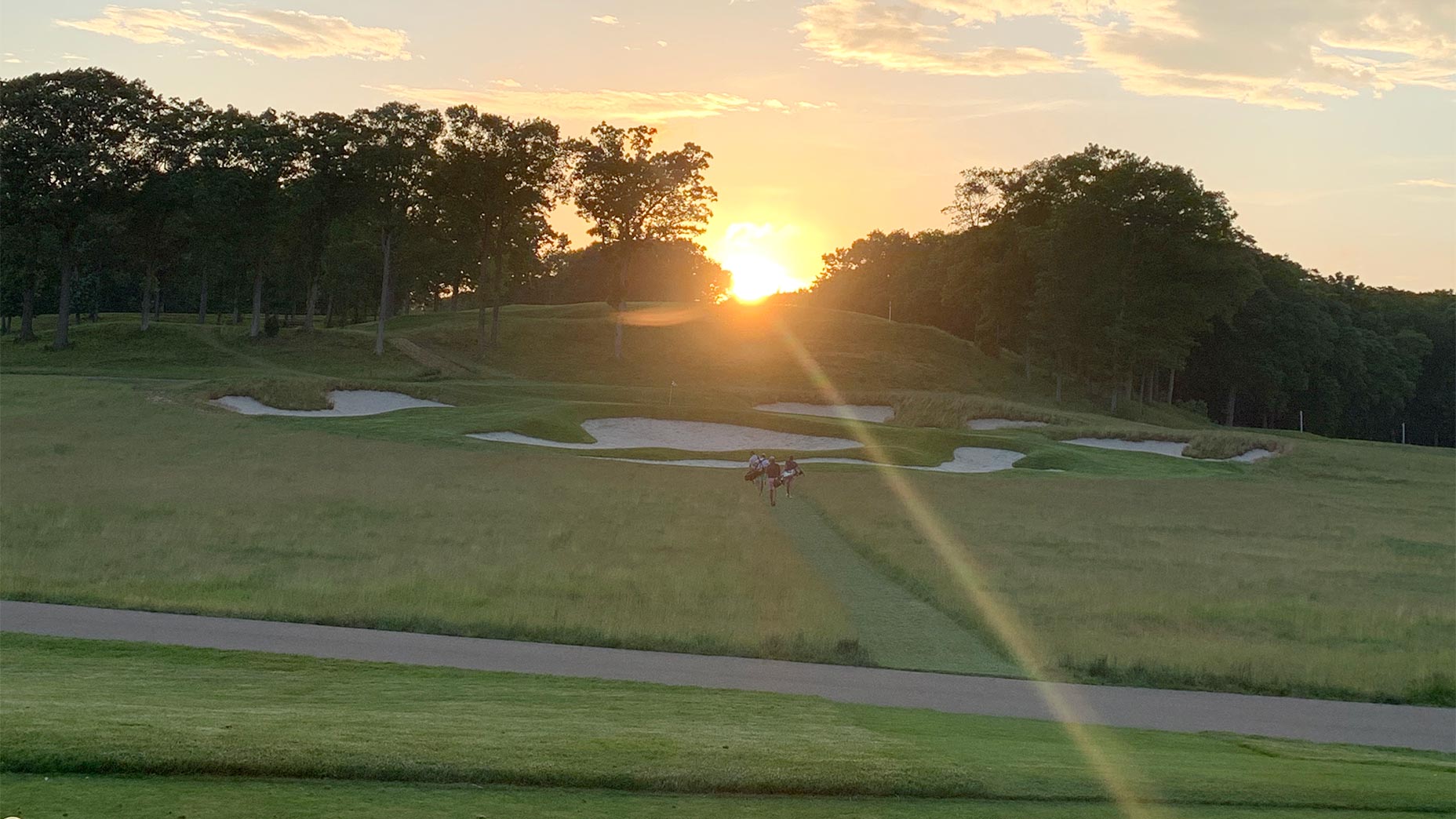
Everyone talks about the Black Course’s brutal par-4s, but it has four really fun and gorgeous par-3s. The 3rd is best played with a draw into the green (don’t miss right or long), the 8th is downhill and over the only water hazard on the course, the 14th plays best with a fade and has monster bunkers guarding the front of it, and the 17th is, as Tim said, just iconic. With or without spectators. — Josh Berhow
I’ve written before that the 15th is my favorite hole in all of golf, simply because completing it feels like a monumental task. Bethpage beats you up, every shot for 14 holes, and then you get punched with the 15th hole — one that’s brutal not just because of the shots that are required to navigate it, but for the hole itself. There are others, of course. The 1st hole, with the elevated tee and a gallery always watching, the sign in the background, and the nerves knowing that this is the easiest hole you’ll play all day, is another great one in an albeit different way. — Luke Kerr-Dineen
So why should golfers want to play here?
The full Bethpage Black experience should be on every golfer’s to-do list. Whether you’re sleeping in your car to snag a coveted walk-up spot or you are lucky enough to piggyback off a local’s tee time, the course lives up to the hype. You’ll quickly understand why Bethpage has hosted three majors and is slated for the Ryder Cup in 2024. With all that exposure comes plenty of TV time. Watching golf on TV is even better when you can relate to the course the pros are playing. It doesn’t matter if you can’t break 100 at Bethpage. You’ll find yourself more invested than ever knowing the exact position golf’s best are hitting from or which way a putt will break. Try jumping back to the championship tees on one hole and try your luck at reaching the fairway. It’s all about fun and the stories you’ll be left with to tell over a drink in the Bethpage parking lot. Which is a must to complete the full Bethpage experience. — Tim Reilly
You just have to experience a course this hard first-hand. I don’t think many people would want to play here every single day (the walk alone is grueling) but it never hurts to get tested and get roughed up a little bit. And the price — even for out-of-staters — is hard to beat. It’s also worth noting that despite the Black Course getting just flooded with golfers every single day, it’s never in bad shape. The crew there does a fantastic job of taking care of it and giving you a pro-like experience. It’s a bucket-list course for sure, and one that you can easily check off your list. — Josh Berhow
Because it’s Bethpage! And even though it’s really draining (and at times annoying) in the moment, the battle scars from that course feel like a rite of passage, and it makes for fond memories for later rounds. Make the trip, experience the test for yourself — you won’t regret it. — Luke Kerr-Dineen
